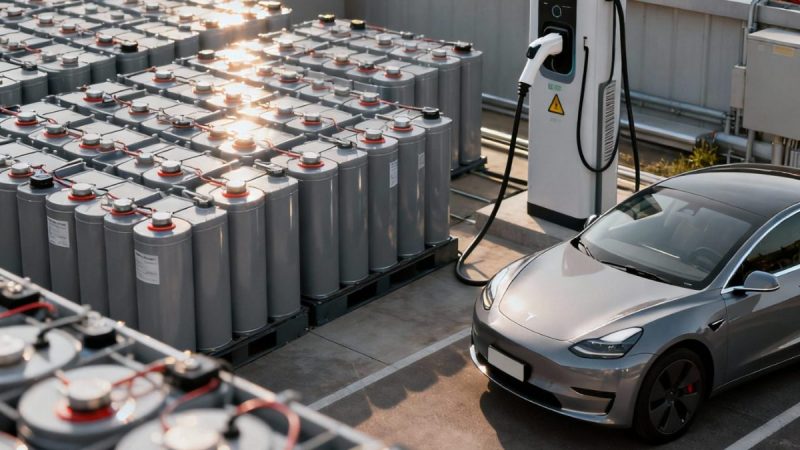A Brief Overview Of How Shock Absorbers Work For Large Vehicles
Shock absorbers are responsible for ensuring that you don’t feel every single bump in the road when you are driving. This is particularly important for larger vehicles like SUVs and trucks, as they are often used to drive on off-road paths that tend not to be the smoothest. This article attempts to elaborate on the way shock absorbers work for trucks and SUVs.
The Basic Mechanism Of Shock Absorbers
Before we get into the details of how the best riding truck shocks work, you’ll need a basic understanding of how any shock absorber functions. Without getting into the details, shock absorbers convert the energy of movement (kinetic energy) into heat (thermal energy). Shock absorbers are basically a cylinder containing fluid and a piston that moves whenever the vehicle hits a bump in the road. The fluid in the cylinder pushes against the pistons movement, dampening the effects of the bump. With larger bumps, the piston moves more, and the fluid provides more resistance.
Why Trucks Need Different Shock Absorbers
Truck shocks are usually larger and more heavy duty than the shock absorbers used in typical passenger cars such as a sedan or even a sports car. There are several reasons for this, which partially apply to SUVs as well.
More Unsprung Weight
The weight that is placed on the springs on a vehicle’s suspension is known as the unsprung weight – this is significantly higher in trucks even when they are empty and not carrying any extra load. A lower unsprung weight is much easier to control, allowing shock absorbers to better dampen any obstacles that come their way. This is quite the opposite for trucks, as they have four-wheel drive, with heavier axles, and much bigger wheels, tires and a heavier body.
Bumpier Rides Create More Heat
Trucks and SUVs generally travel on roads that are less-than smooth, as they are equipped with four-wheel drive that enables them to do so. These bumpier rides, along with the added unsprung weight is bound to generate more heat from converting the kinetic energy to thermal energy as we’ve previously mentioned. The only way to allow the shock absorbers to dissipate heat more efficiently is to increase their size accordingly.
How To Choose Truck Shocks
Generally speaking, there are four different types of shock absorbers: twin tube (some are gas-powered), monotube, coilover, and reservoir shocks. If you are generally going to drive on highways and rarely go on off-roads, then twin-tube shocks are just fine. However, coilover shocks are a better option if your truck is used for carrying larger loads or for towing other vehicles.
Reservoir shocks are more popular among off-road competitor truck drivers, but can be useful for anyone that drives their trucks on off-road trails, Monotube shocks are also better for off-road driving, because they have one tube and two pistons. This allows them to better dissipate heat, and thus run cooler than twin tube shocks. Generally speaking, the bore size of truck shocks will always be larger than normal shock absorbers.






